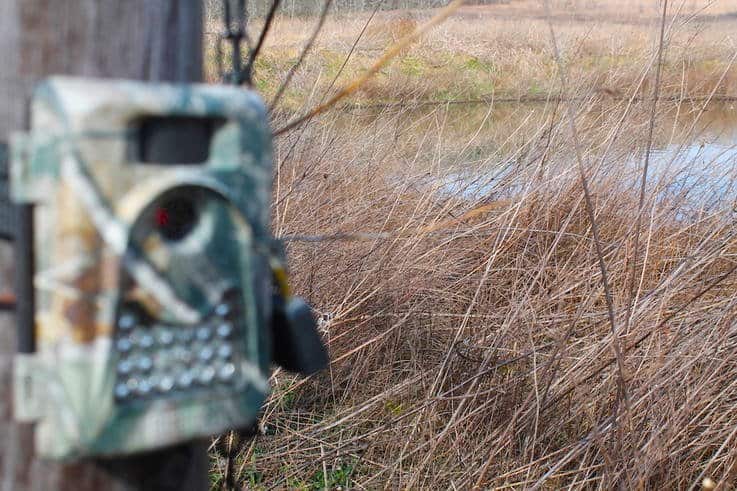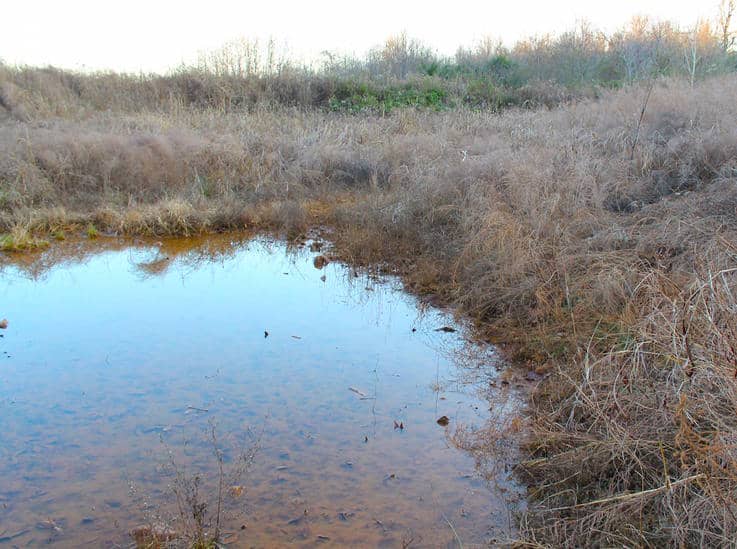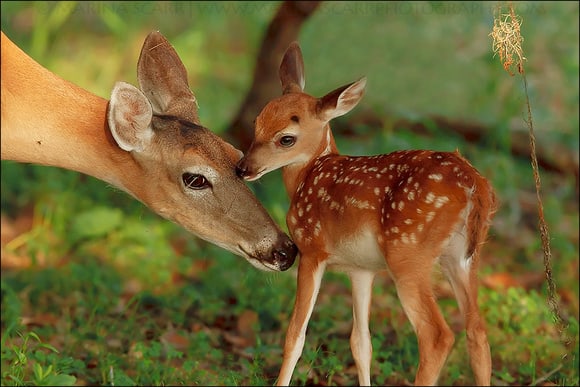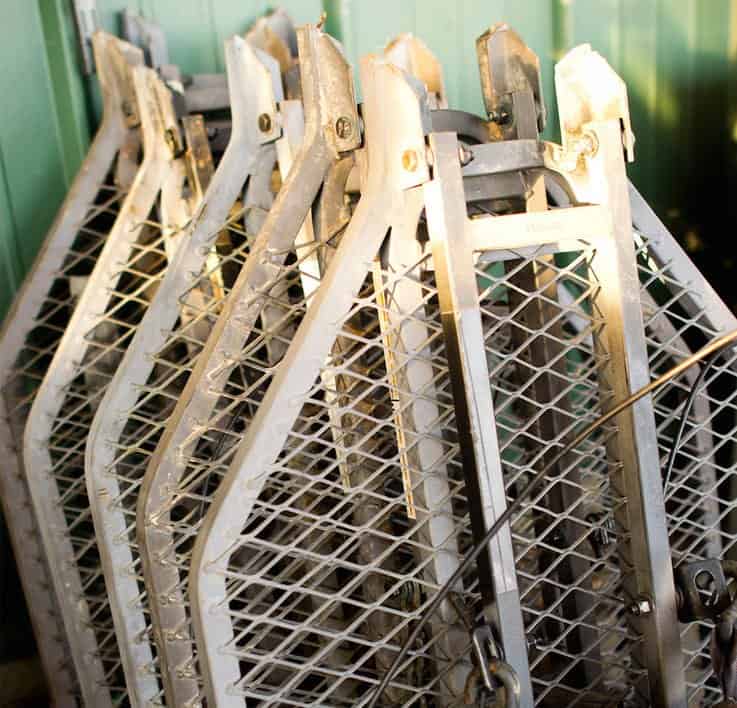How To Make Canned Venison
HOW TO PRESERVE YOUR WILD GAME MEAT

Instead of just throwing your extra venison in the freezer, take some extra time and learn about canning venison.
Once you have successfully harvested a deer and it has been processed and butchered, you are then faced with the decision of what to do with all your surplus wild game meat. Why not try our favorite way of preserving venison?
Once you have enjoyed some fresh grilled back-strap, dried some jerky, and made a pot of stew, you still likely have a lot of meat leftover. Now the question is, what to do n
Sure, you could wrap it in plastic and put it in your freezer, but canning venison is a great is a great way method of food preservation. It ensures you always have some deer meat ready for use with your favorite venison recipes. Get the crock pot and veggies ready!
Here’s how you do it
All you need to get started with the canning process are some empty glass canning jars, canning salt and other spices (optional), a pressure canner, and of course your venison. The pressure canner is essential to ensure that you safely preserve your raw meat during the process.
The first thing you will want to do is cut up your venison, removing any excess connective tissue, silver skin or fat, into the size you want. Cubed meat works great, but you can adjust the size of your cuts to suit your needs. It is a good idea to think about the recipes you may want to prepare with the canned venison in the future during this step. Cutting the meat into the sizes recipes call for before canning will save you time and energy when you are ready to cook.
This is also a good time to chop any vegetables that you may want to include in the jars of meat for extra flavoring. This step is not required, but some common additions that add good flavor include onion and garli
Once you have all your meat prepared, you are ready to can venison. Sanitize your jars and line them up on your workspace. Begin to fill them with meat. You will want to compact the meat into the jar to get as much air out as possible. A wooden spoon is the perfect tool for the job. Make sure to leave about a one inch head space between the jar rims and the canning meat.
After the jars are filled, add canning salt or other spices to the jars if desired. A good measure for the salt is between one and two teaspoons per quart. You do not have to add spices, but some people find the meat to have a better taste when they do. You could always add a teaspoon of salt and spices like black pepper to some jars and leave others without to find out which way you prefer.
You do not need to add any liquid. This is a step that many people are shocked to follow the first time they can meat. But no liquid is needed. The meat will produce its own natural broth in the jars.
Next, carefully wipe down the rims of the jars with a damp cloth or paper towel. You do not want to leave any meat juice or residue behind which may interfere with the sealing process. Place warmed lids on every jar and firmly screw bands on top then place the cans into your pressure canner.
Follow your pressure canner’s instructions to finish preparing and sealing the jars correctly. It is important to note your area’s elevation as this affects both the time of sealing and the pressures required to safely preserve your venison. The general rule of thumb for altitudes is 1,000 feet and below is ten pounds of pressure for one hour and 30 minutes of processing time for quart-sized jars.
Once the jars have sealed and cooled, give them a quick rinse (if desired), wipe them dry, and clearly label the type of meat and date of canning on the jars. Store your canned venison in a cool, dry place and you will have fresh meat available whenever you want it. Canning venison also eliminates the chance of losing meat due to a power outage or freezer failure.






